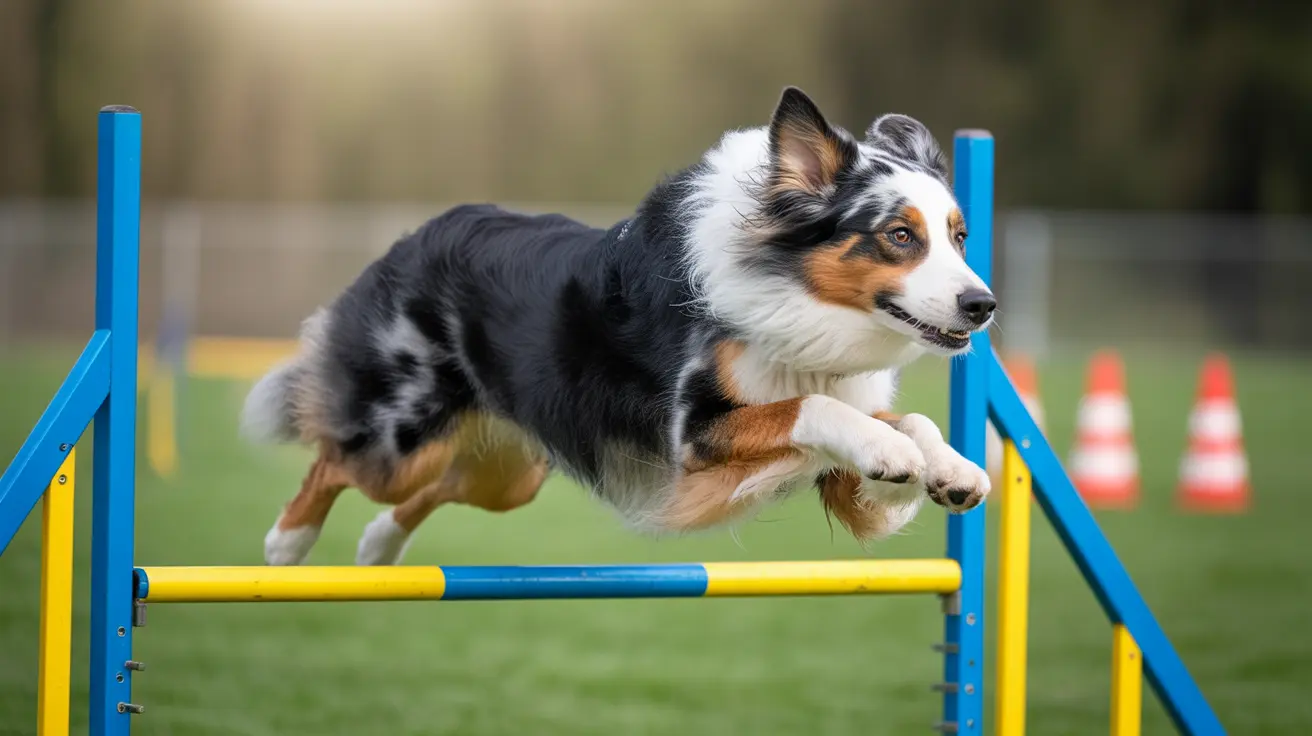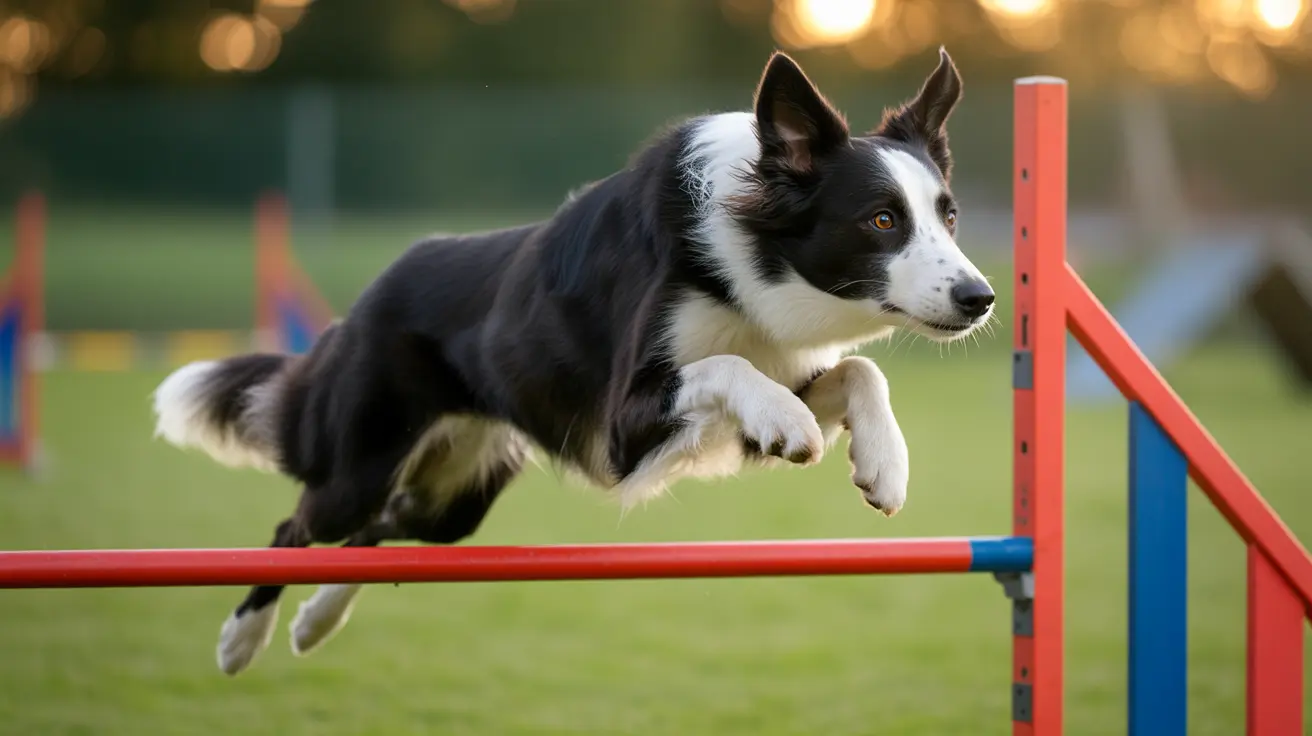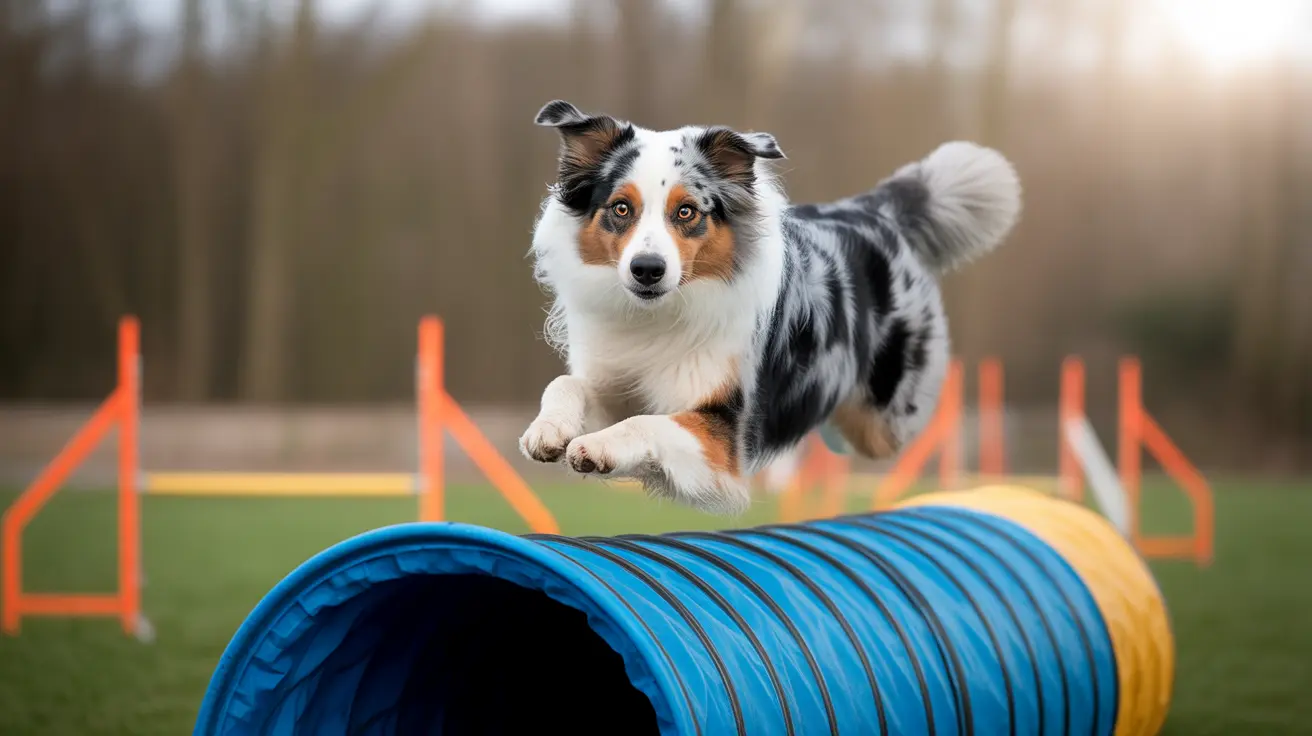Understanding What It Means When Your Dog Shows Their Teeth
Dog owners often wonder whether their furry friend is smiling when they flash their teeth. While human smiles are a universal sign of happiness, canine expressions are more complex and context-dependent. Knowing what your dog is communicating when they show their teeth is crucial to building trust and keeping everyone safe.
Is It Really a Smile?
While it’s tempting to interpret a dog’s teeth-baring expression as a grin, it’s not always a sign of joy. Sometimes, dogs show their teeth for reasons very different from happiness:
- Submission: Known as a submissive grin, some dogs bare their teeth with a relaxed body posture, wagging tail, and soft eyes. This is typically non-threatening and can be a way of showing deference to you or another dog.
- Appeasement: Dogs may flash a quick grin during interactions to avoid conflict or calm a tense situation among humans or animals.
- Aggression: A more serious expression, often accompanied by stiff posture, direct eye contact, growling, or raised hackles. This is a warning sign and should not be confused with smiling.
- Fear: When fearful, dogs may show their teeth in a defensive gesture. Watch for crouched bodies, tucked tails, and ears pinned back.
The Submissive Grin: A Real Canine Smile?
Some dogs do exhibit what behaviorists call a submissive grin. It differs significantly from an aggressive baring of teeth. Recognizing the signs of this behavior will help determine whether your dog is genuinely smiling:
- Relaxed body posture
- Wagging tail at a moderate level
- Slightly squinting or soft eyes
- Ears in a natural, unpinned position
- Licking or head bowing
This behavior is harmless and affectionate, and many dogs use it to bond with their owners and communicate friendliness.
When to Be Concerned
It’s essential to read the entire body language of your dog. Showing teeth is just one part of a much larger communication system, and context matters tremendously. Here’s when to take a step back:
- Growling or Snarling: Accompanied by visible teeth may mean your dog is stressed or angry.
- Stiff Movements: A tense body signal means the dog is uncomfortable and possibly preparing for defensive or offensive action.
- Avoidance Behavior: If your dog is showing teeth and trying to back away or hide, they may be terrified.
In such cases, it’s important not to punish the dog but to try to understand what’s triggering their discomfort and seek help from a professional if needed.
How to Tell If Your Dog Is Happy
Instead of focusing solely on teeth, look for these positive body language signs that indicate your dog is truly content:
- Loose, wiggly body movements
- Tail wagging with a relaxed posture
- Ears in a neutral position
- Open, soft mouth (not showing all teeth)
- Play bows
These are far more reliable indicators of happiness than simply showing teeth.
What Should You Do When Your Dog Shows Their Teeth?
- Stay calm: Don’t panic or raise your voice. Stay still and observe.
- Assess body language: Look at other signals like tail position, ear movement, and posture to better understand your dog’s emotional state.
- Don’t punish: Dogs communicate in the only way they know how. Punishing may lead to confusion and fear.
- Create distance if needed: If the dog appears scared or aggressive, give them space to feel secure and relaxed.
- Seek professional help: Persistent teeth showing with signs of stress or aggression warrants consultation with a dog trainer or behaviorist.
Conclusion
Just because your dog shows its teeth doesn’t mean it’s smiling. Understanding the context helps you interpret what your dog is really saying. From submission, fear, or even joy, dogs reveal a lot through body language. Learn to read their signals holistically, and you’ll foster a deeper bond and ensure a safer, happier environment for you and your pet.





